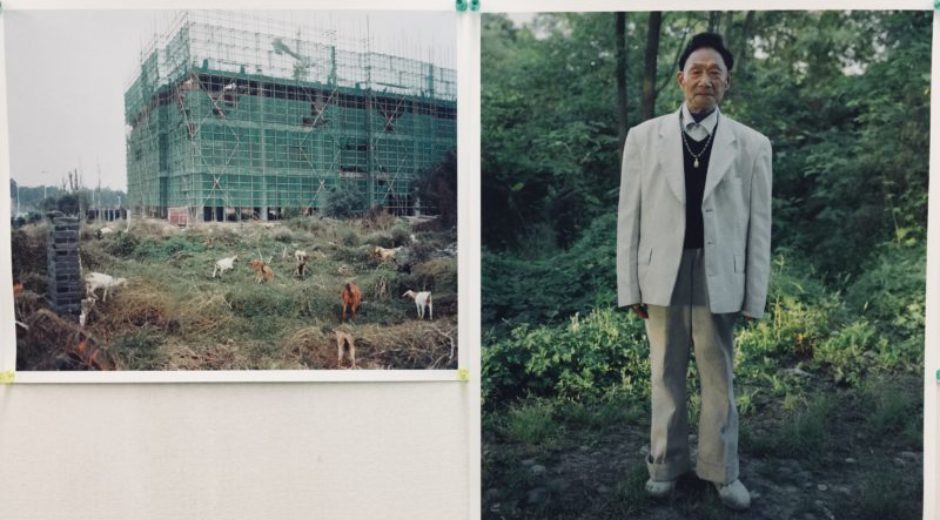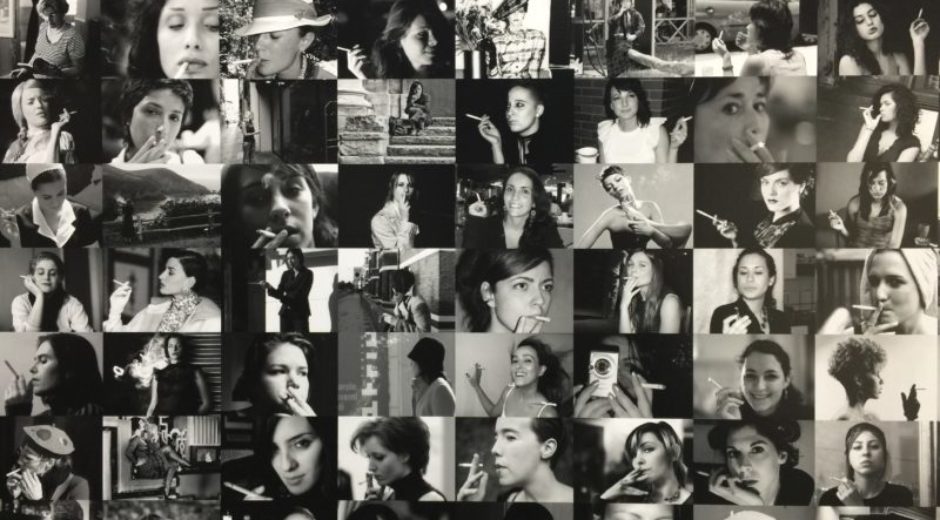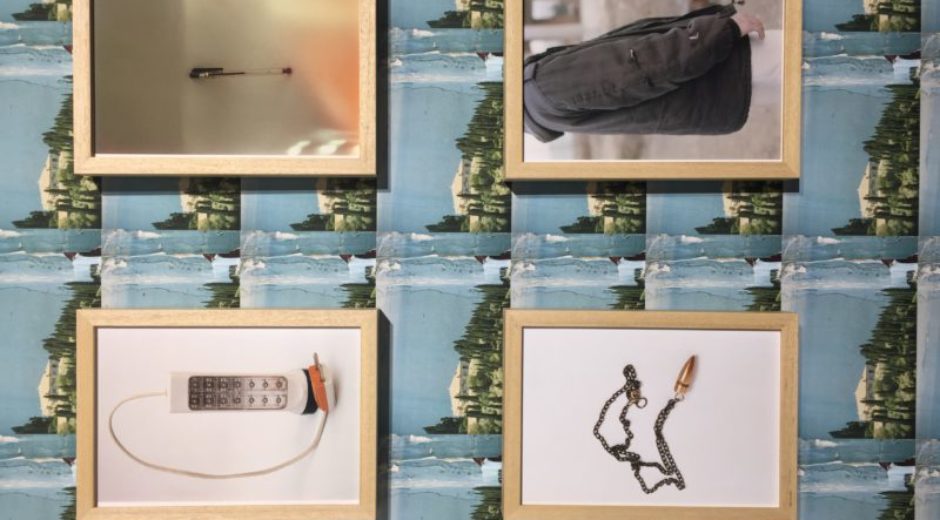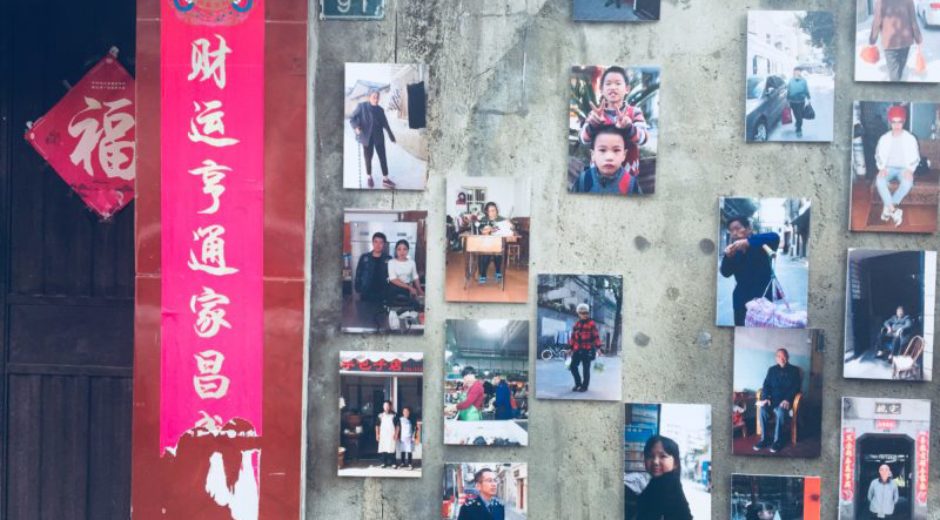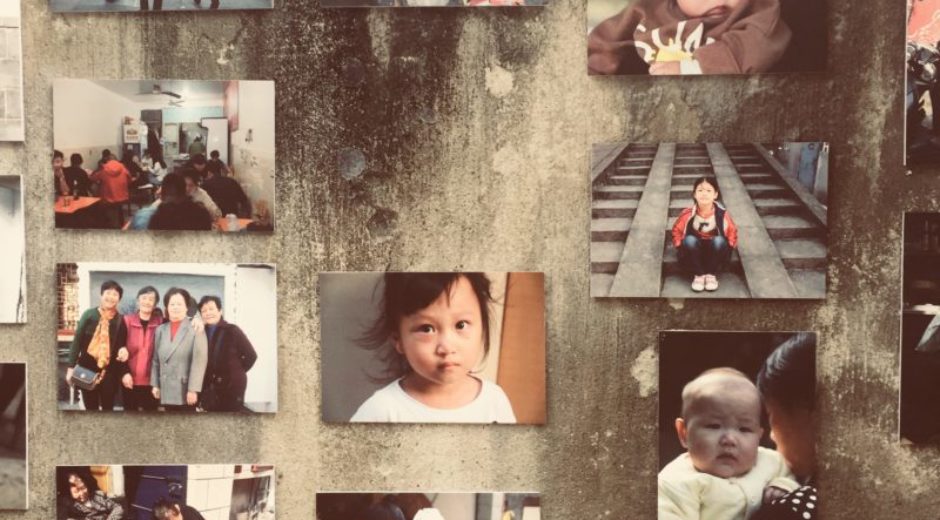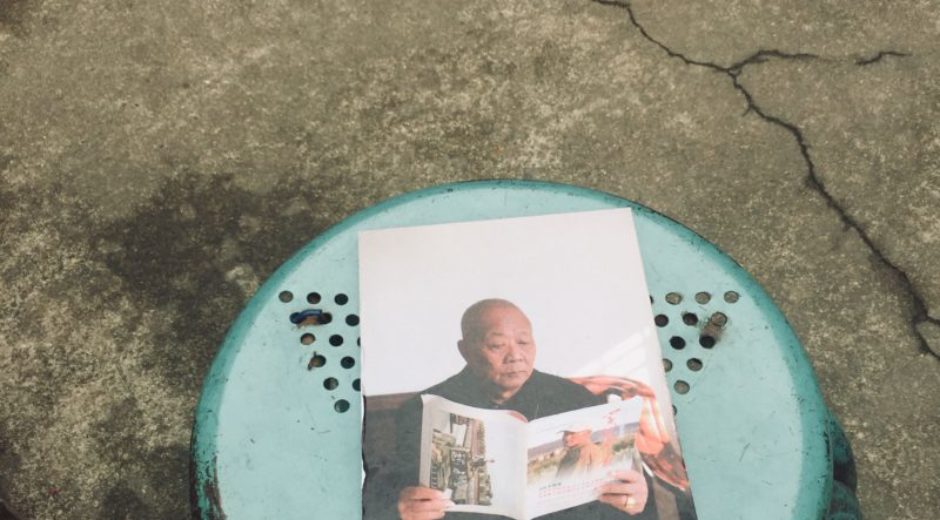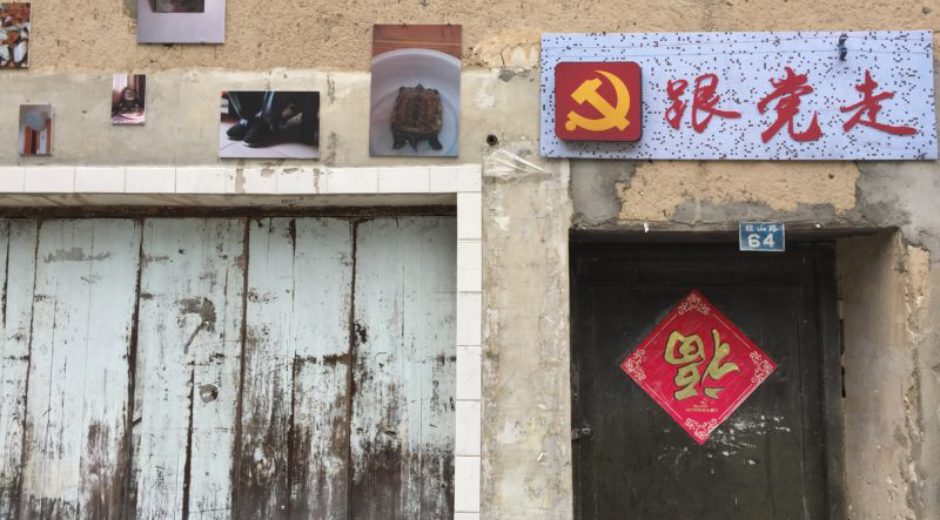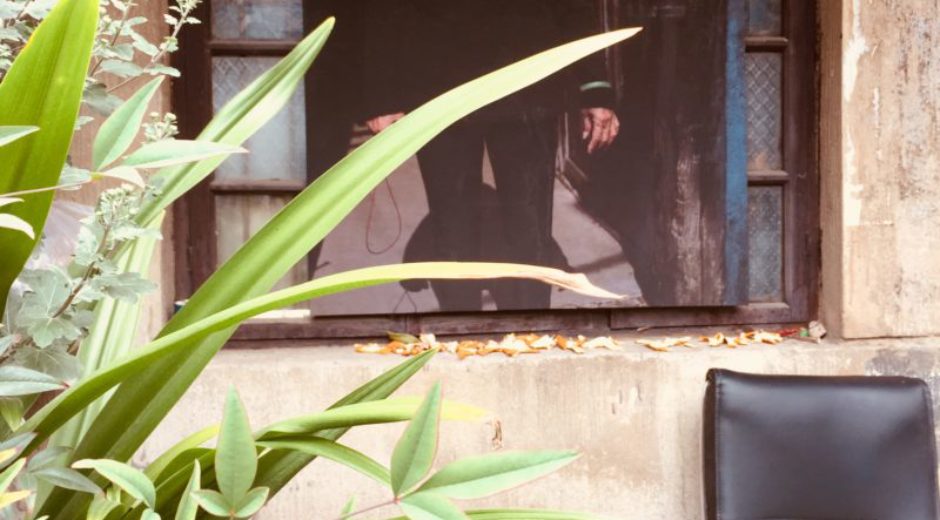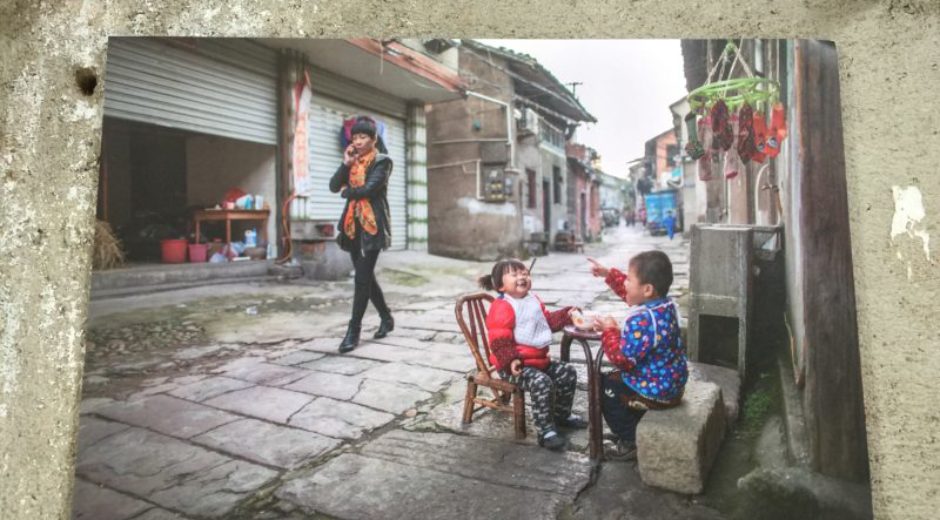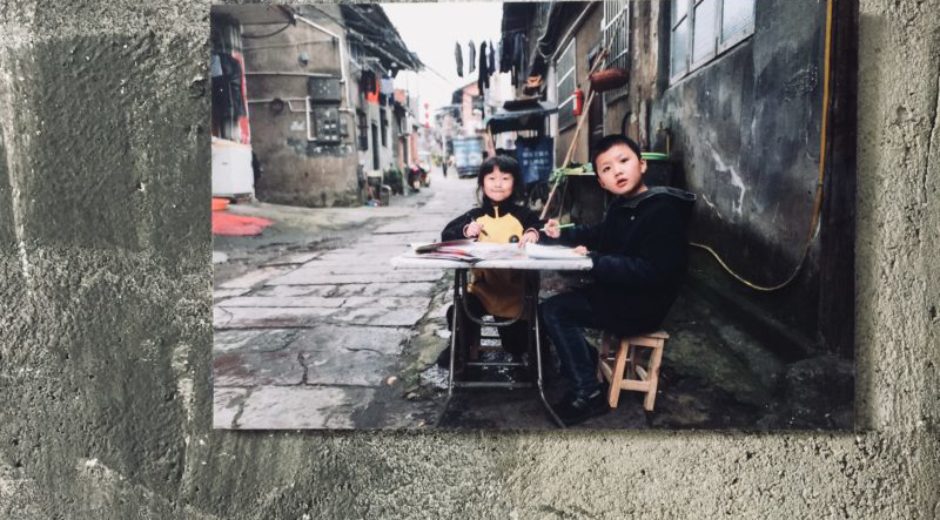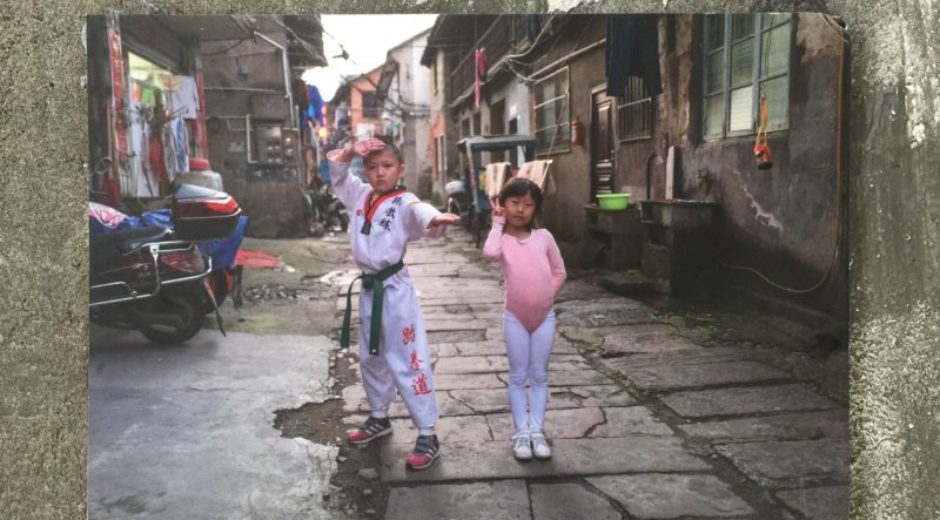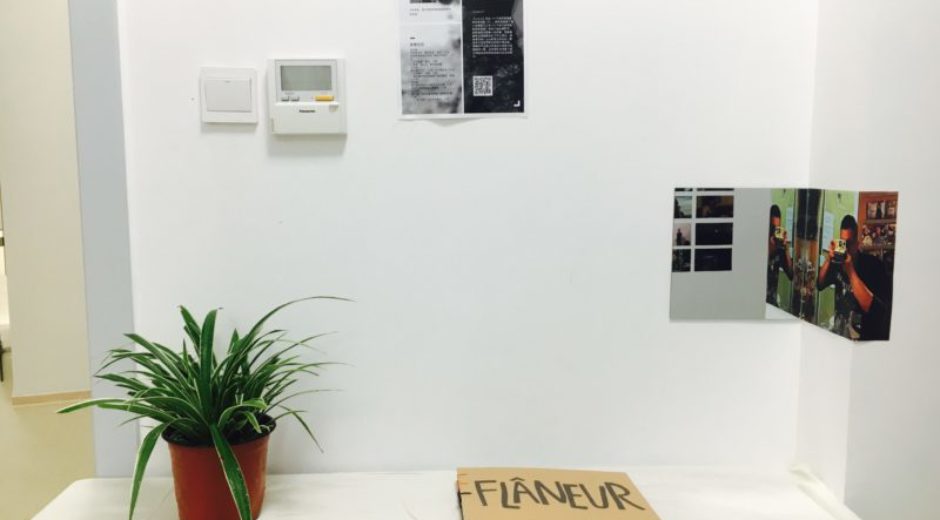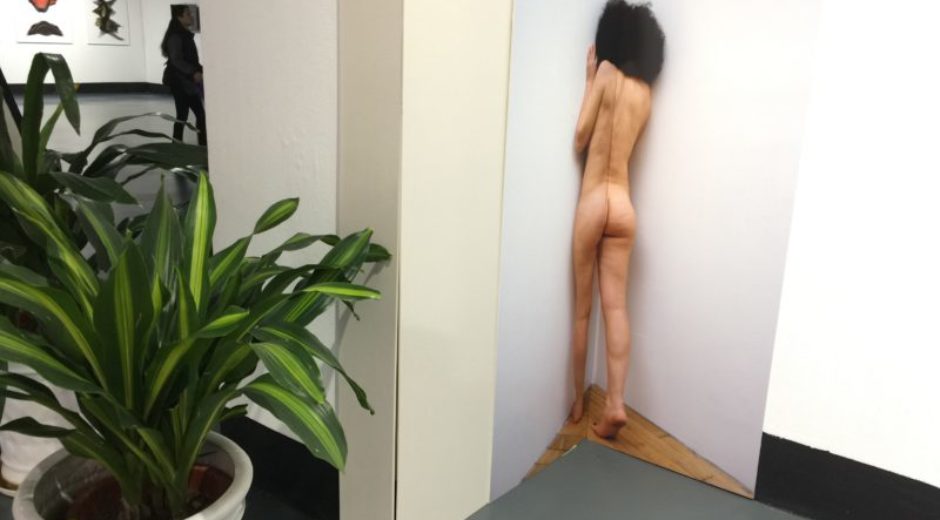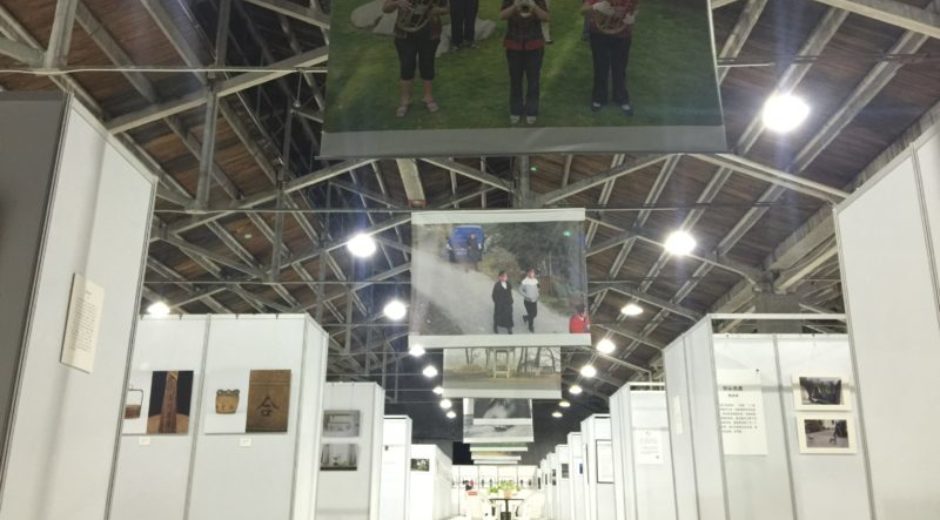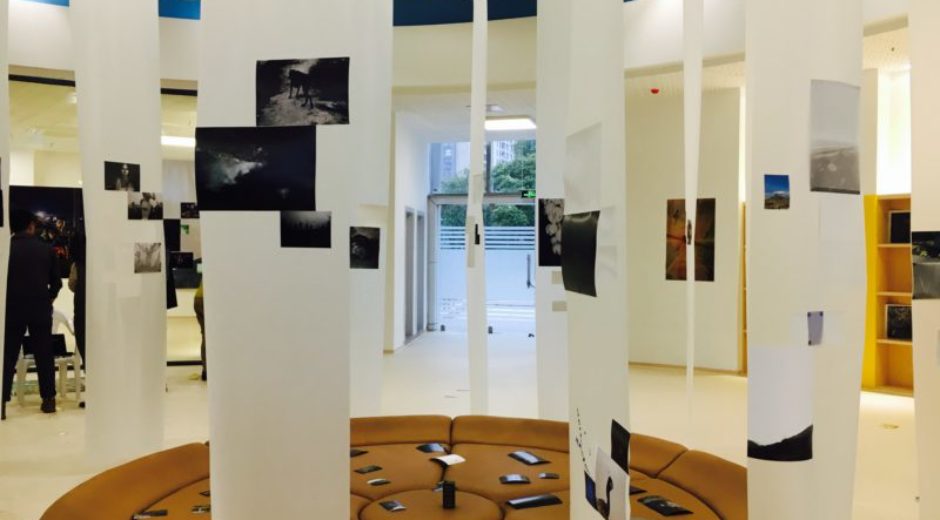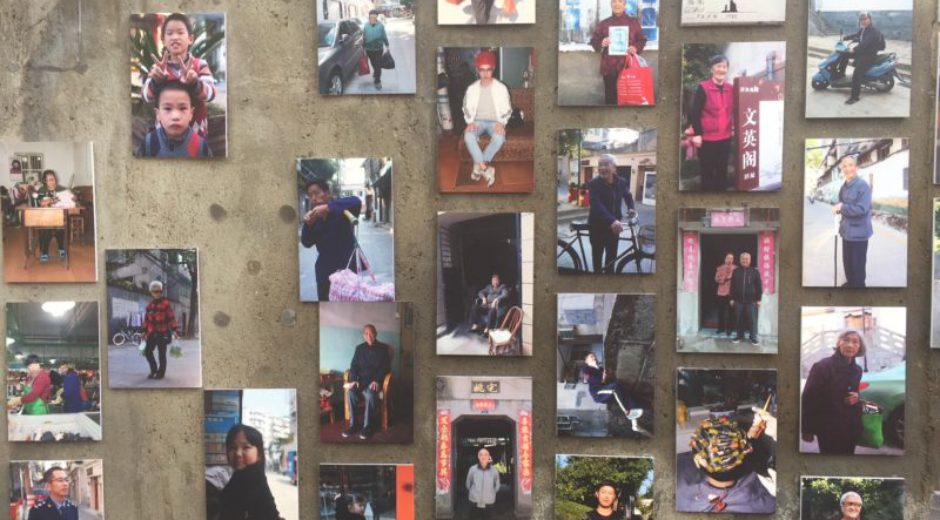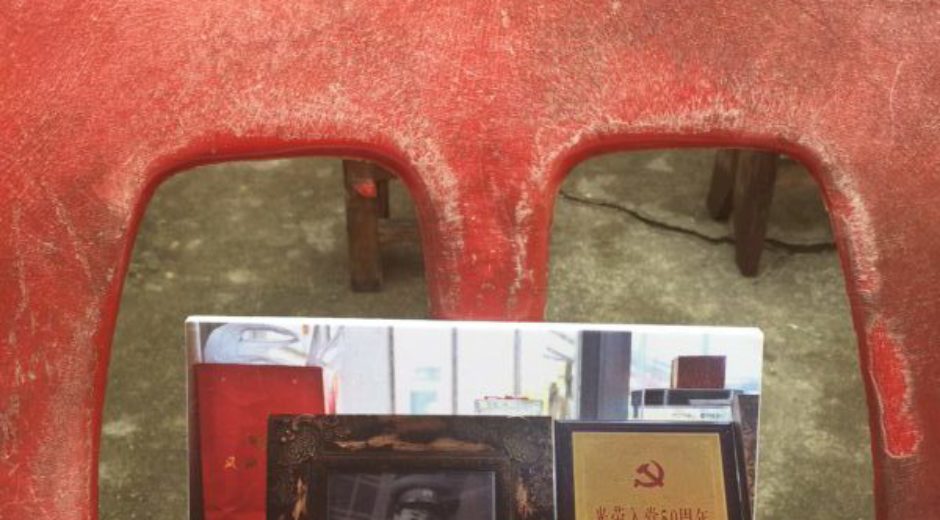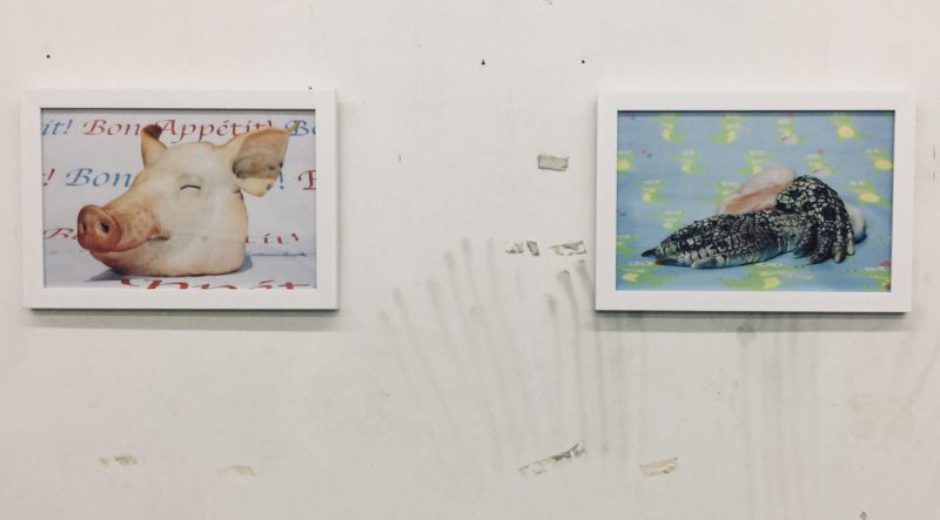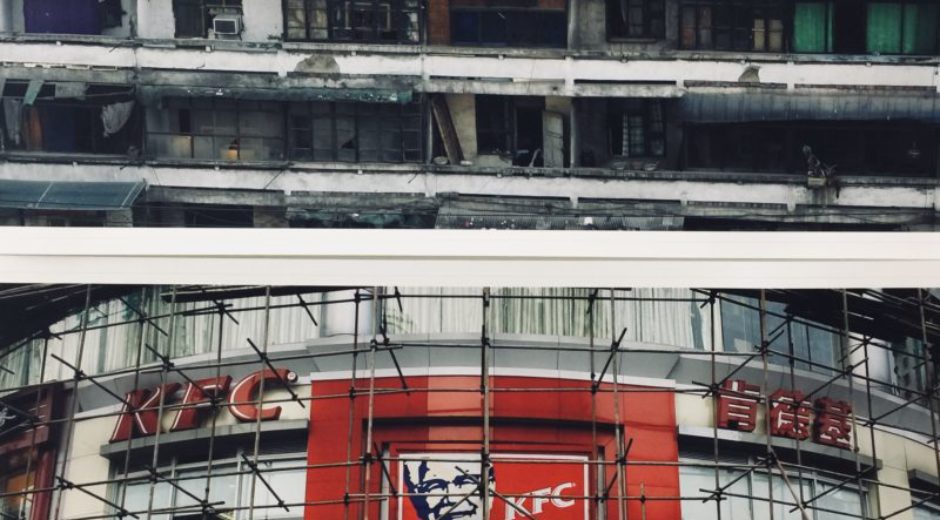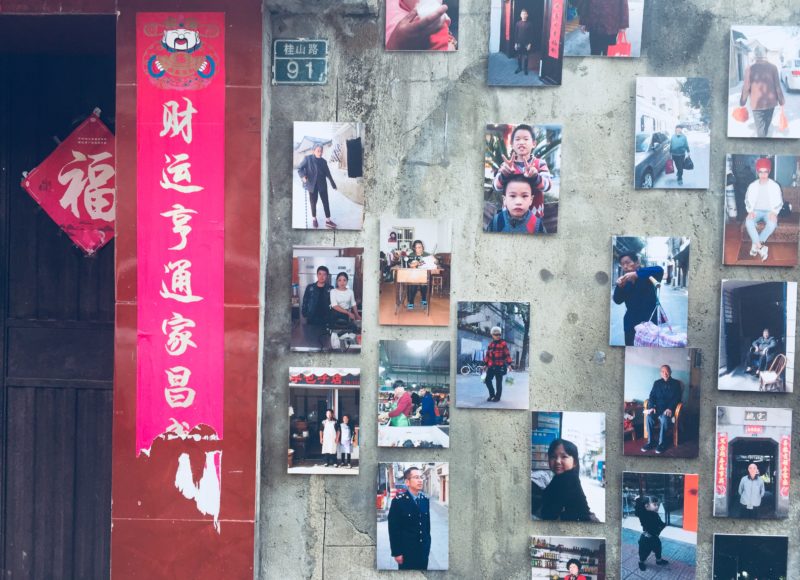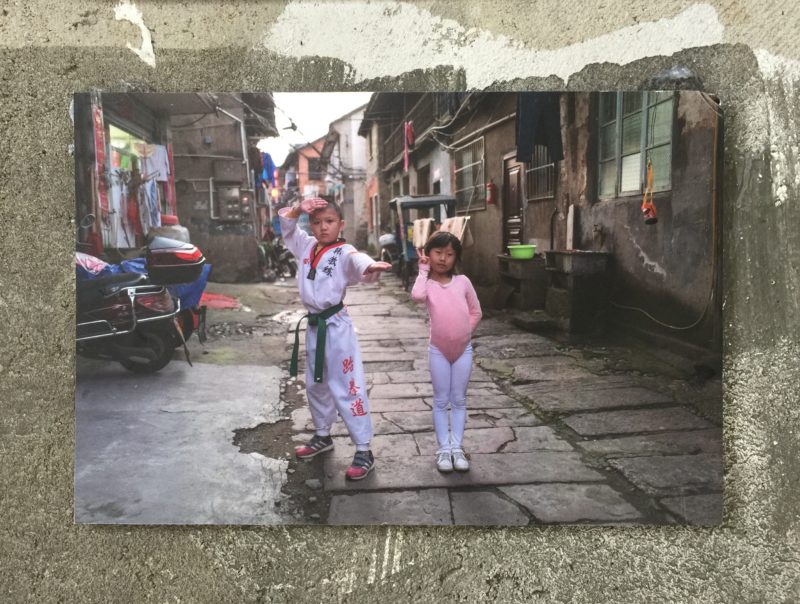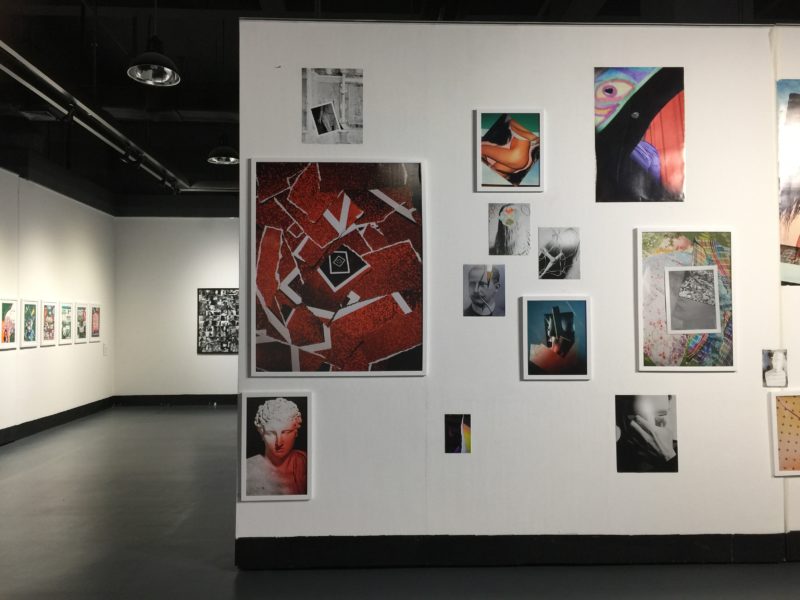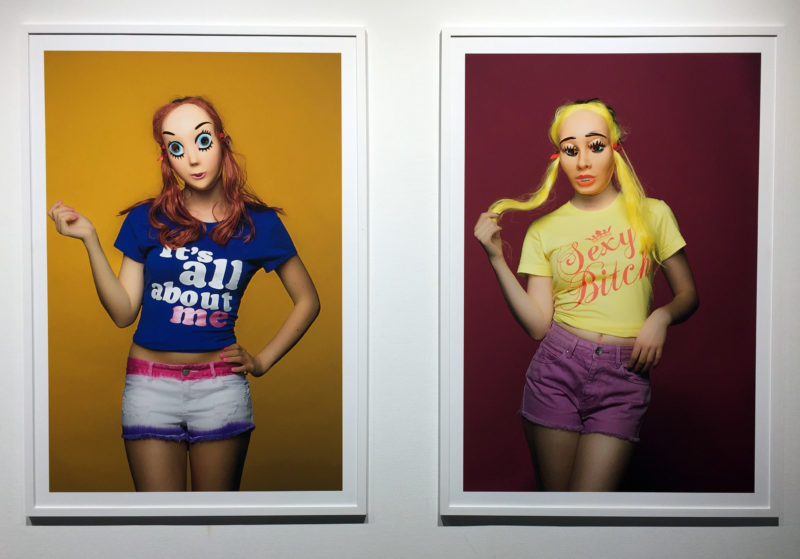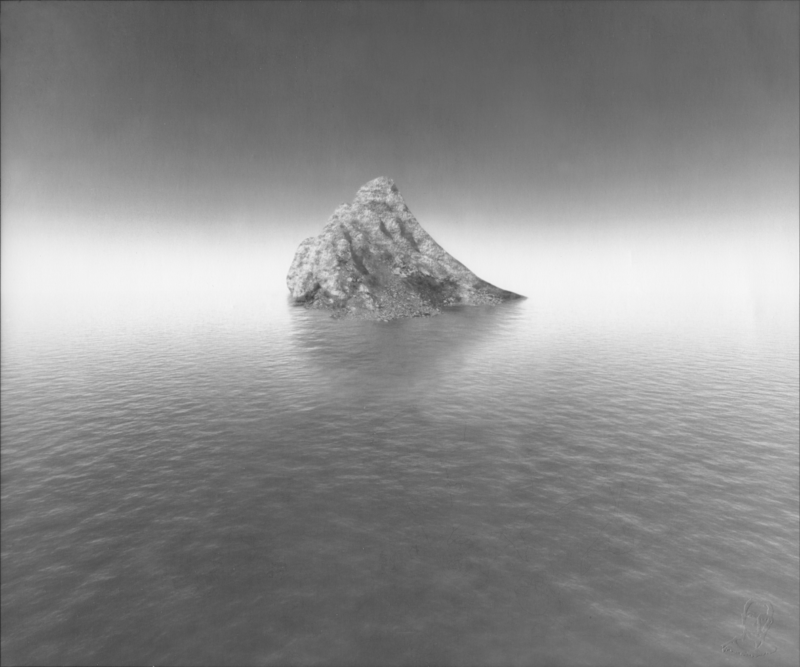LISHUI PHOTOGRAPHY FESTIVAL
A beautiful photogenic location located in Southwest Zhejiang Province offers an unique platform in China celebrating the wealth of contemporary photographic practice.
The democratisation of photography has created a greater interest in the medium as both an artistic and commercial instrument. The aesthetic struggle now is not how to take great photographs, but to get people to look at them and The Lishui Photography Festival addresses this wonderfully within the backdrop of a city.
The festival offered an ambitious programme matched by equally ambitious installations spread across the picturesque city, 300km away from Hangzhou, and brought together photographers, curators, collectors and the curious to the program of over 40 exhibitions, seminars, screenings, debates, portfolio evaluations, workshops and fairs populating all quarters of the beautiful city.
With the theme of ’The Image of the Era of Hypermedia’ the various exhibitions included traditional print imagery, cutting-edge video art and Virtual Reality installations exhibited across the sites.
The festival also provided a valuable platform for new Chinese photography which was re-affirmed with several exhibitions showcasing young Chinese photographers and curators in venues which included abandoned factory spaces, University campuses and outdoor site specific works.
The seven heritage streets of Chuzhou
Across the city you could peruse the work of local community photography projects such as ‘The seven heritage streets of Chuzhou’ adorning doorways and alleyways of the picturesque old town where Chinese photographer and curator Fu Yongjun, assisted by a skilled curatorial team, scrutinised and chronicled the daily lives of the families that live in this beautiful and historic are with the results laid out in seven freewheeling open air exhibitions. Luckily, a team of volunteers and English translators were on hand to point lost festival attendees in the right direction ensuring visitors could get from photo workshops and exhibitions as easily as possible.
Where Does the Future Get Made?
The large scale show ‘Where Does the Future Get Made?’ curated by New Yorker Jim Ramer, saw the artist, professor and curator bring together 28 photographers to consider the changes undergone by photography in the past 25 years and how digital manipulation and the use of computer technology have changed viewers relationships to the photographic image, questioning photography’s role in the new millennium.
The 28 photographers in the show all contributed to redefine the practice of photography in their own unique ways and addressed the state of photographic and imagery production in the current context of global 21st century social life.
Coming from countries as culturally diverse as the United States, France, Italy, Iran, and China, the artists and photographers explored rapid sharing and circulation of online images, the adjustability of history and time in today’s tech driven environment, as well as notions of identity in the era of social media. In doing so the exhibition raised thought-provoking questions about how image will be perceived in our technologically advanced future.
One such photographer was Polixeni Papapetrou, one of Australia’s leading contemporary artists who has been exhibiting her photography since 1986 to an ever-growing audience with critical acclaim. In her series ‘It’s All About Me’ the Melbourne-based artist collides with fashion shoot style imagery and the performative transporting the viewers mind into a surreal world of masked girls. The appearance of the ‘mask’ has been central to Papapetrou’s practice which has consistently challenged the norms of representation, namely through portraiture and photography.
She explained: “The series ‘It’s All About Me’ was sparked by some writing that my daughter, Olympia, had done while still a teenager in the local press. She described the pressures of social media to adopt a pout, to present a sexualised persona in order to score ‘likes’ on Facebook or Instagram. Olympia’s case was subtle because she had equal suspicion for the adult crackdown on sexting and other promiscuous media practices that she felt actually did nobody any great harm, unless adults get involved. So I thought that I’d investigate the brash and brazen world that seems to be so full of ironies. I discovered online that there were commercially available T-shirts that you see in the pictures, declaring a provocative in-your-face attitude which, however, cannot be taken literally. And in the end, the very title “It’s all about me” is ambiguous, because it could mean all about the model, Olympia, or all about the artist, me.”
If Art Can Start A New Again
The Oil Pump Plant Factory venue saw the artist, curator and art professor at Tsinghua University in Beijing, Yan Deng, bring together a group of international and Chinese artists for the impressive ‘If Art Can Start A New Again’ show which examined new artistic forms generated by state of the art technology and its development and influence on the way people consume images.
reGeneration3
reGeneration3 : Which perspectives for photography today? at Lishui Art Museum, curated by Anne Lacoste of the Musée de l’Elysée, Switzerland (one of the largest museums in the world entirely devoted to photography) brought together 50 artists from 25 different nationalities. The work of a multidisciplinary nature included photographic prints, artists’ books, multimedia installations, videos, screenings, films, performances an on-site installations.
Shifting Mountains and Still Water
‘Shifting Mountains and Still Water’, curated by Gao Shiqiang, took its inspiration from two famous Chinese legends and sayings: ‘Yu Gong moved the mountains’ and ‘to have a spirit like still water’ and advocated a return to a more thoughtful and considered way of working. Inspired by Chinese tradition, in particular the concept of Shan shui, a style of Chinese painting that involves the painting of scenery or natural landscapes with brush and ink, the exhibition of 30 Chinese artists responded to a range of questions relating to the future of the image in the era of new technology, using photography, video and traditional calligraphy.
ABOUT THE FESTIVAL
Named the ‘Chinese City of Photography’ in 1999, by the China Photographers Association, this title has played a crucial role in Lishui’s development as a centre of photography. The Lishui City Council laid the foundations for an enterprising cultural policy, with a focus on creativity and visual image, which would contribute to the city’s growing reputation as a cultural and touristic destination.
Through the organisation of the Photography Festival, Lishui’s reputation as a ‘city of photography’ has been confirmed, making the streets an entrancing destination for international visitors. With each edition of the festival, Lishui continues to enhance its reputation as a destination of expression and exchange within the field of photography.
With its eclectic mix of exhibitions and multimedia shows across 15 exhibition sites it is a must visit destination for photography professionals, art lovers and the curious that successfully connects separated cultural and historical areas and spaces, to communicate and disseminate different forms of photography throughout the city providing an unrivalled platform for photographers from around the world to congregate, show and discuss their practice.
Lishui Photography Festival has been successfully held for biannually since 2004 and has become the most influential photography festival throughout China and one of the most important in the world. The next one will take place in 2019.
ABOUT LISHUI
Lishui is situated in Southwestern Zhejiang Province and adjacent to the west coast of the Pacific. Having a total area of 17,300 square kilometers and a population of 2.57 million, Lishui is a national ecological demonstration zone with fantastic natural scenery.
HOW TO GET TO LISHUI
From Shanghai:
By train: South Train Station (Only one departure each day)
By bus: Long Distance Bus Station, 1666 Zhongxing Street (Time: around 6 hours 2 buses a day)
From Hangzhou:
By bus: South Bus Station (buses run every hour until around Time: 3.5h)
From Wenzhou:
By train: Railway Station, Wenzhou Ave (Time: 2h)
By bus Huanglong Passenger Transport Terminal (Time: 1.5h)

